Audio can be tricky. Anyone involved in audio production can attest to how even the smallest details can impact audio quality. While microphones are a big part of the process for streamers and YouTubers, audio cables are just as essential in achieving the desired audio quality.
When picking a suitable cable, it is essential to know if it is unbalanced or balanced. While both work similarly, each offers different results in audio quality and limitations. This article will explain what the differences are and when to use each cable.
What is an unbalanced audio cable?
An unbalanced cable is comprised of two wires: ground and signal. The signal wire delivers the audio frequency from one end of the cable to the other, connecting the input with the output. The ground wire acts as a reference point for the signal and a shield against interference.
Despite acting like a shield, the ground wire itself attracts signals like an antenna, especially from radio signals or power cables. Unbalanced cables are typically short in length because of the potential for interference; most don’t travel further than 20 feet, according to Landr. Many who use unbalanced cables don’t exceed more than six to eight feet.
What is a balanced audio cable?
Like unbalanced audio cables, balanced audio cables have a signal wire and a ground wire. However, there are two signal wires in a balanced audio cable: a hot (positive) wire and a cold (negative) wire. Each wire carries a polarity-flipped copy of the signal down the cable converging to deliver the audio signal. The ground wire again acts as a shield from potential interference.
When the two signal wires meet at the end of the cable, the polarities of both the hot and cold wires flip back. The polarity flip cancels out any noise picked up by the signal wires in addition to the ground wire’s protection. Because of this, balanced cables can travel up to 100 feet.
Where the noise comes from
Any audio cable is susceptible to noise interference from outside sources. Typical noise interference comes from power cables laid close to the audio cable. Incandescent or fluorescent lights and radio signals can add noise too. To avoid noise in unbalanced cables, lay them perpendicular to any power cables and away from TV and radio signals. Spacing cables apart from power cables can also work if they can’t be laid perpendicularly.
When to use each type of audio cable
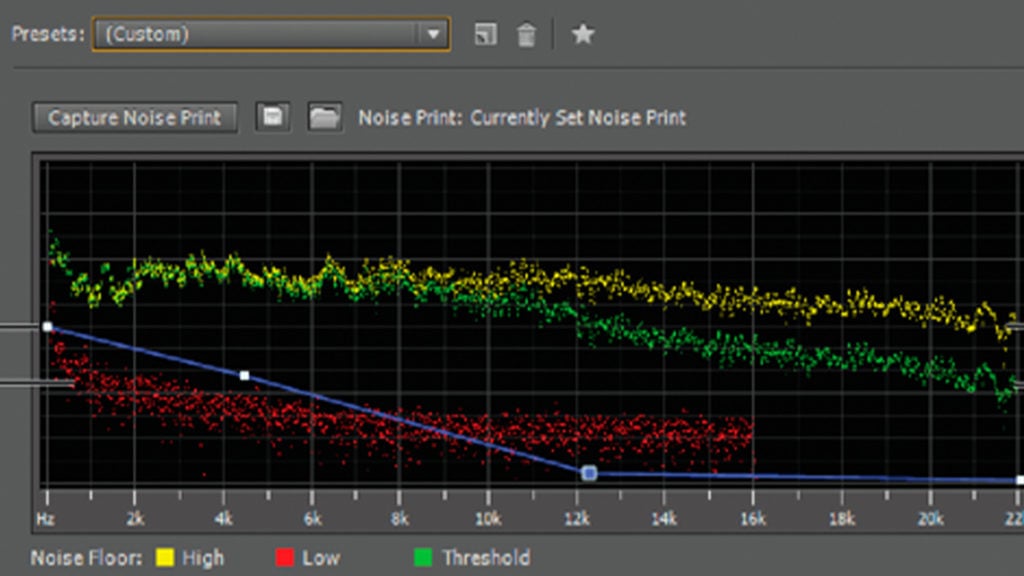
Balanced cables carry an advantage over unbalanced cables since they can travel much further. Additionally, the ability to cancel out noise makes them perfect for microphone setups near a display monitor. A balanced cable is also good to use for stereo connections, like headphones or microphones.
For unbalanced cables, the shorter difference between the two means more preparation is necessary to cut out any unintentionally added noise. Unbalanced cables can have their signals balanced using a direct injection box (DI box), which balances the signal to use with mixers and other amp-type devices. These cables are ideal for instruments like guitars, which use a mono connection.
Balanced cables don’t mean balanced audio
A common misunderstanding is that a balanced or unbalanced cable relates to the audio mix of the signal. In reality, neither cable impacts the balance level of the audio itself. It just delivers the signal. The left and right channels in a stereo channel aren’t affected by a cable so long as the signal isn’t in mono or carrying a single signal, according to Boxcast. Audio balance, instead, comes from a variety of different factors that the littlest hiccups can impact.
Unclear audio or static can result from unbalanced audio signals interfacing with a balanced mixer, or unmanaged cables could give off interference. Other problems could stem from the interface accessing the signal, the voltage of a device, or even just a faulty wire.
Types of unbalanced cables
TS cables
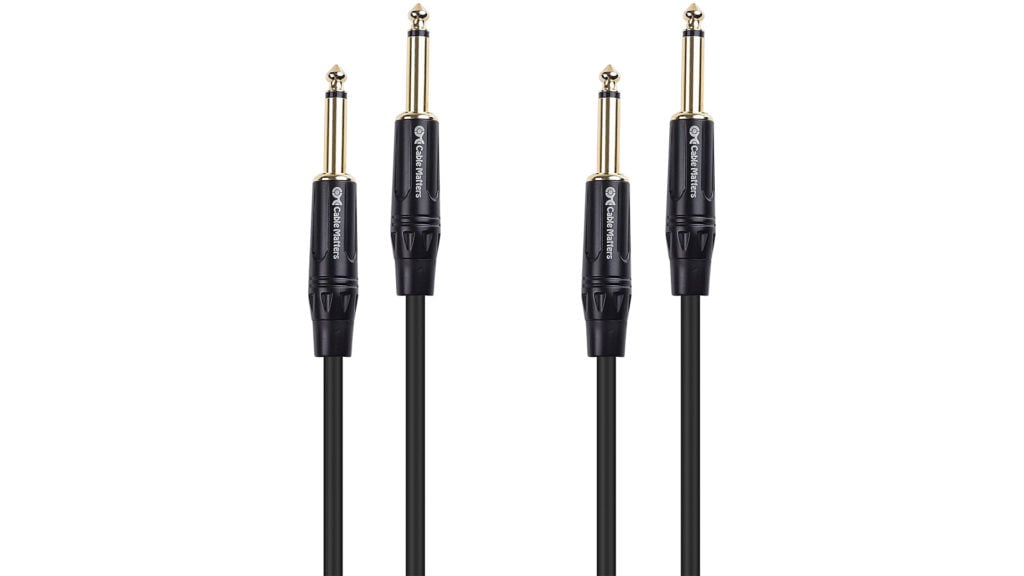
Tip and sleeve (TS) cables are often called guitar cables because they are the standard connection for electric guitars. They are typically short in length to keep from picking up any unwanted noise. TS connections are identifiable by the ring on the connector, with the bottom ring for the ground wire and the ring closer to the tip for the signal wire.
RCA cables
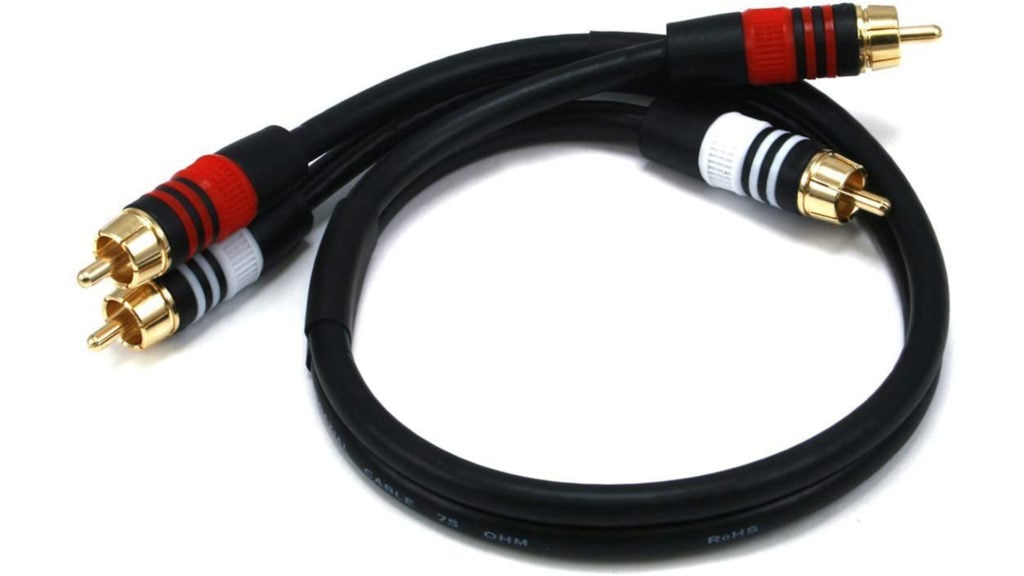
Radio Corporation of America (RCA) cables work with analog devices, like older TVs and monitors. They include two connection points, one for the right audio channel and the other for the left. The cable is identified by the red and white connectors indicating which channel the connector is receiving.
AV cables
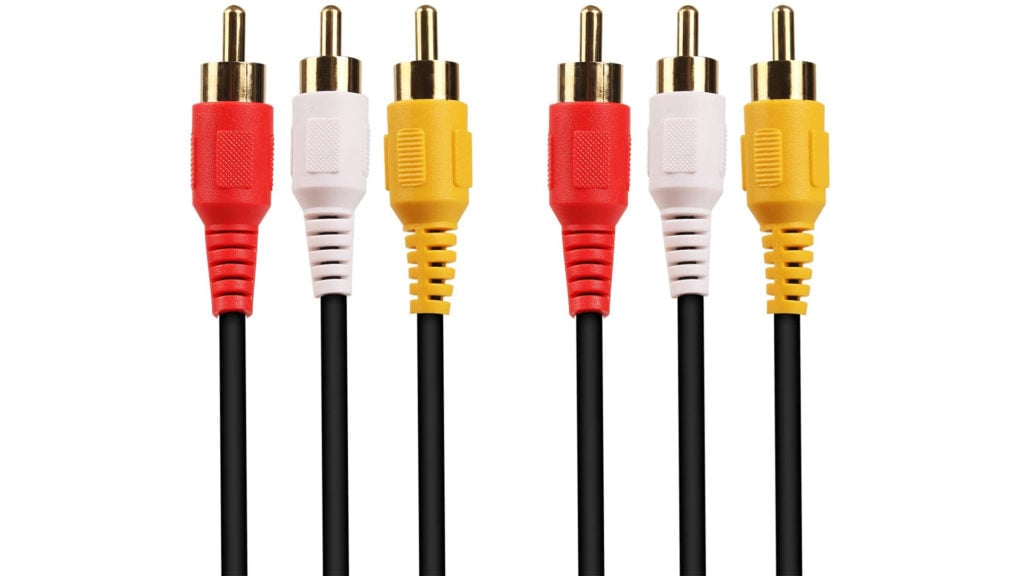
Audio-Visual (AV) cables are probably what most gamers remember when thinking about older gaming consoles. AV cables are RCA cables, just specified for audio and video connections. Used for consoles up to the Nintendo Wii, these cables usually have three connection points. These are also color-coded to indicate which jack the connector goes.
Types of balanced cables
HDMI
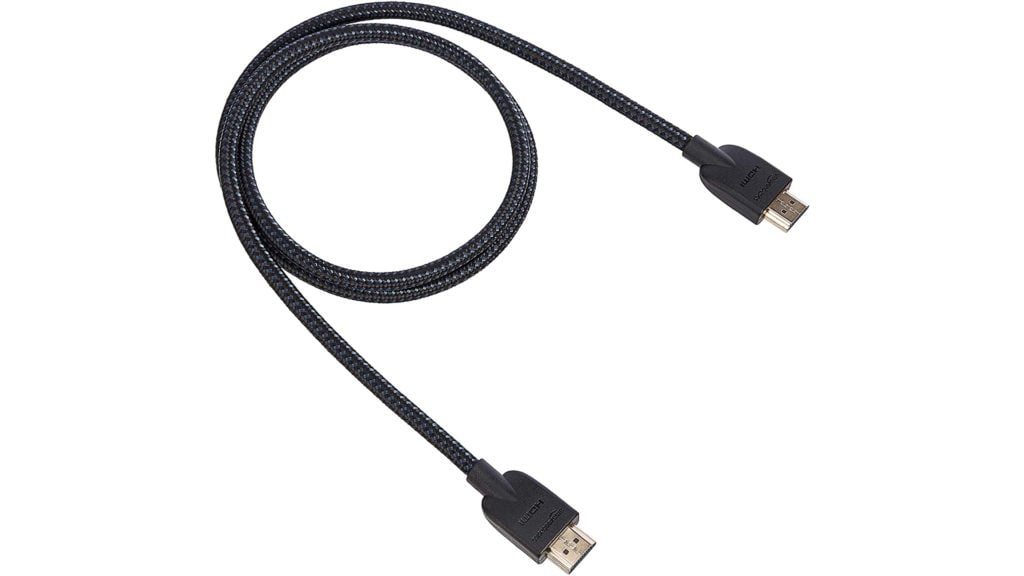
High Definition Multimedia Interface (HDMI) cables are the modern standard for game consoles, PCs, and other visual connections. These cables can transfer audio and video signals like an AV cable but are considerably faster at it. HDMI cables can be long like other balanced cables and display 4K or 8K video. They are also able to deliver balanced mono and unbalanced stereo signals.
XLR
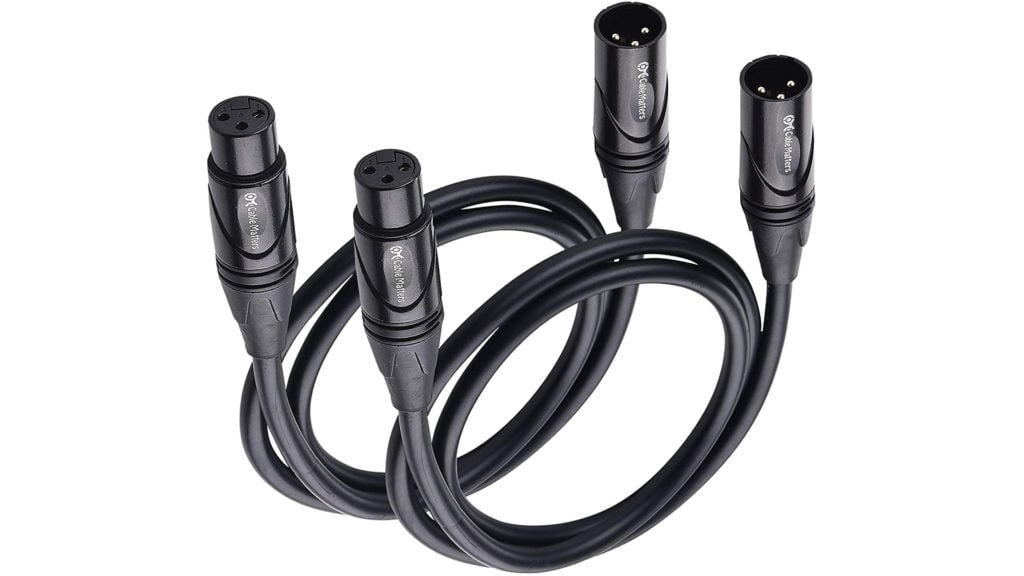
External line return (XLR) cables are always balanced cables that only hold balanced signals. They are typically used to connect microphones, speakers, and other XLR compatible devices. These cables are identified by their three-prong design, representing the signal wires and the ground wire.
TRS
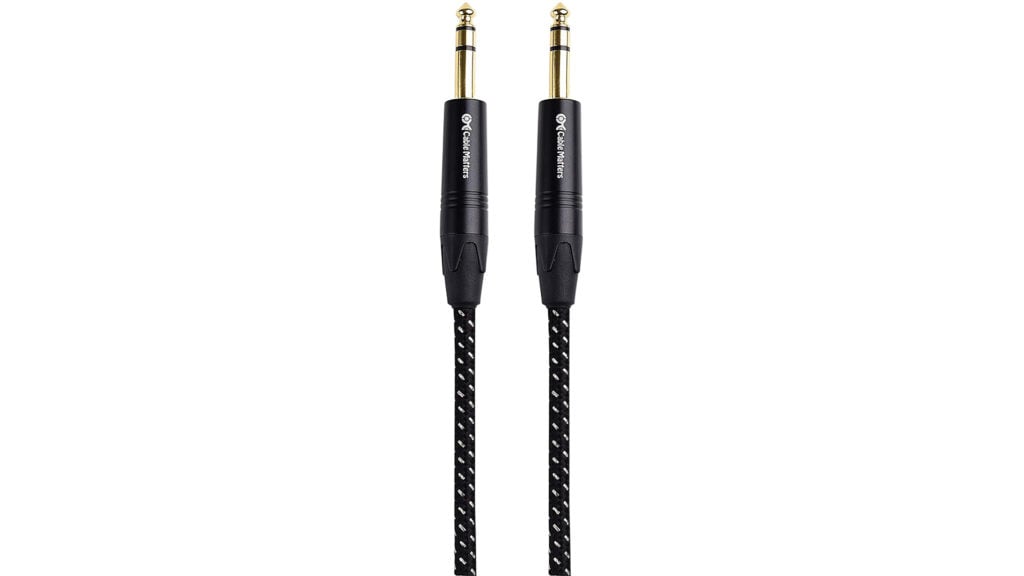
Tip, Ring Sleeve (TRS) cables are almost identical to TS cables. Because of the similar design, it is common to use them in place of TS cables since they can carry both an unbalanced or balanced signal. The three rings can identify a TRS on the connector representing the signal wires and the ground wire.
What cables are neither balanced nor unbalanced?
USB
Universal Serial Bus (USB) cables don’t deliver an audio signal at all. Instead, the cable transports digital messages between the connection points. USB microphones, like a Blue Yeti, convert an analog signal into a digital message that is then sent and unpacked by another device or program. Because no audio goes through the cable, it can’t get signal interference from radio or other analog signals.
MIDI
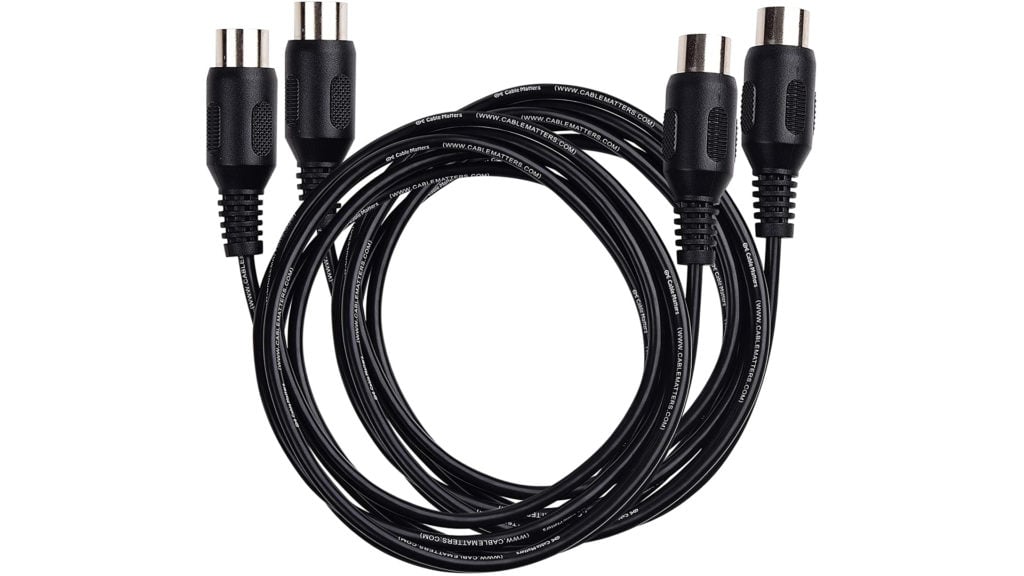
Musical Instrument Digital Interface (MIDI) cables don’t carry an audio signal either. Most modern-day instruments, like electronic keyboards, come with a MIDI connection port. Like USB, the connection delivers a digital message between an instrument and a program, usually a digital workstation.
Overall, most gamers or streamers will use balanced cables over unbalanced. This is because standard gaming audio equipment, like microphones and wired headphones, uses balanced cables. Additionally, the advantages of balanced cables make for the ideal solution when trying to attain the perfect audio mix.












Published: Oct 12, 2021 02:35 pm